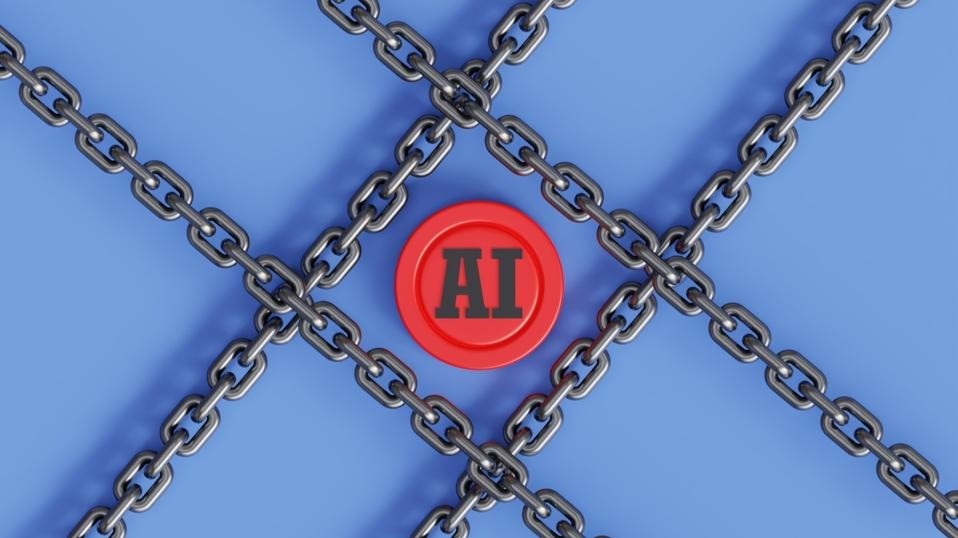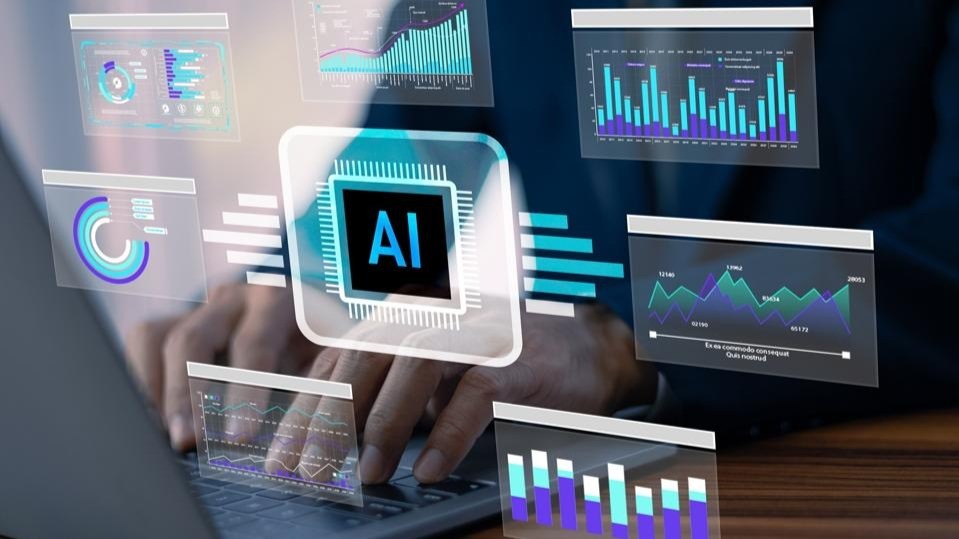What Is Machine Vision In 60 Seconds
2 July 2021
One of the simplest ways to understand a machine vision system is to consider it the “eyes” of a machine. The system uses digital input that’s captured by a camera to determine action. Businesses use machine vision systems in a variety of ways to improve quality, efficiency and operations.
How do machine vision systems work?
Some manufacturing facilities have used machine vision systems since the 1950s, but it was in the 1980s-1990s when things really started to expand. Regardless of an industrial or non-industrial application, a combination of software and hardware work together to make machine vision systems possible.
Let’s look at how these components work together when machine vision is used to inspect a product in a manufacturing operation, a very common example of a machine vision system in practice.
The process begins when a sensor detects the presence of a product. The sensor then triggers a light source to illuminate the area and a camera to capture an image of the product or a component of the product. The frame-grabber (a digitising device) translates the camera’s image into digital output. The digital file is saved on a computer so it can be analysed by the system software. The software compares the file against a set of predetermined criteria to identify defects. If a defect is identified, the product will fail inspection.
Where to go from here
If you would like to know more about , check out my articles on:
- What Is Machine Learning – A Complete Beginner’s Guide
- What Is The Difference Between Deep Learning, Machine Learning And AI?
- Who’s Who: The 6 Top Thinkers In AI And Machine Learning
- What Is The Difference Between Data Mining And Machine Learning?
Or browse the Artificial Intelligence & Machine Learning to find the metrics that matter most to you.
Related Articles
The Biggest Barriers Blocking Agentic AI Adoption
By now, “smart” versions exist of just about every home appliance, gadget and gizmos we can think of. However, manufacturers continue[...]
Space, AI, And The Future Of Human Potential
By now, “smart” versions exist of just about every home appliance, gadget and gizmos we can think of. However, manufacturers continue[...]
AI Agents Are About To Reshape The Future Of Business
By now, “smart” versions exist of just about every home appliance, gadget and gizmos we can think of. However, manufacturers continue[...]
The Marketing Metrics That Will Matter Most In The Age Of AI Agents
By now, “smart” versions exist of just about every home appliance, gadget and gizmos we can think of. However, manufacturers continue[...]
AI Travel Hacks And Prompts That Will Save You Time, Money And Stress
By now, “smart” versions exist of just about every home appliance, gadget and gizmos we can think of. However, manufacturers continue[...]
AI Agents Are Already Reshaping Business Leadership And Decision Making
By now, “smart” versions exist of just about every home appliance, gadget and gizmos we can think of. However, manufacturers continue[...]
Sign up to Stay in Touch!
Bernard Marr is a world-renowned futurist, influencer and thought leader in the fields of business and technology, with a passion for using technology for the good of humanity.
He is a best-selling author of over 20 books, writes a regular column for Forbes and advises and coaches many of the world’s best-known organisations.
He has a combined following of 4 million people across his social media channels and newsletters and was ranked by LinkedIn as one of the top 5 business influencers in the world.
Bernard’s latest book is ‘Generative AI in Practice’.










Social Media